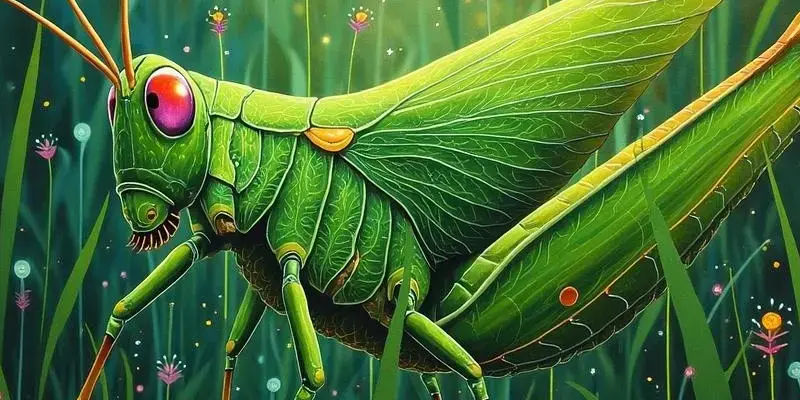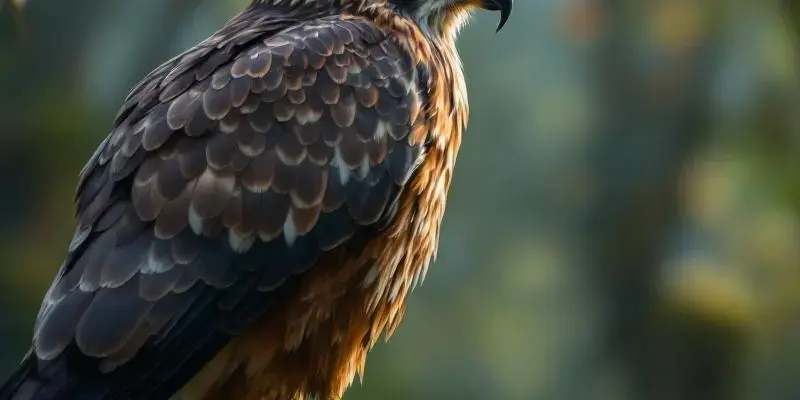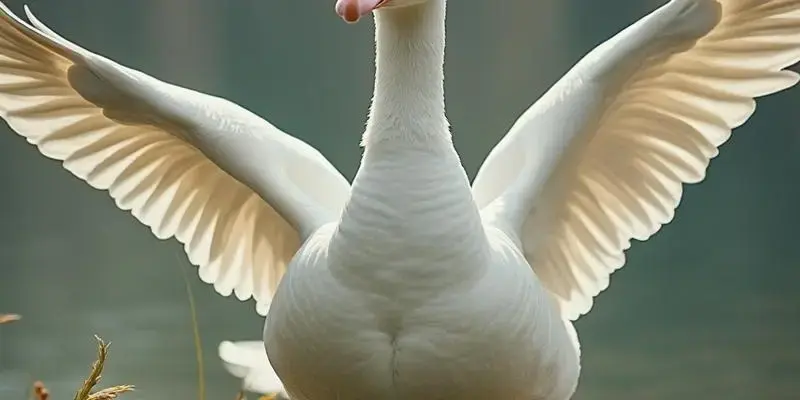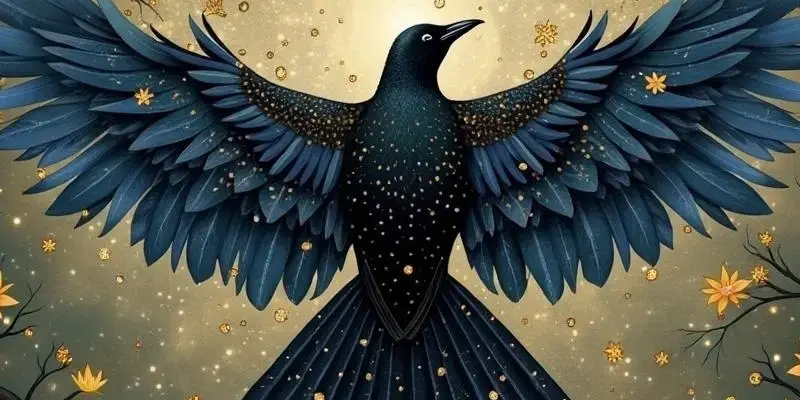Grasshopper spiritual meaning

Grasshoppers possess a remarkable spiritual significance that transcends cultures and traditions, serving as powerful symbols of transformation, good fortune, and taking bold leaps in life. Their extraordinary jumping ability—reaching up to 20 times their body length horizontally—has inspired spiritual interpretations connecting these humble insects to profound lessons about seizing opportunities and embracing personal growth.
Key Takeaways
- Grasshoppers symbolize taking leaps of faith in life’s journey, encouraging decisive action
- Across cultures, these insects represent good fortune and prosperity, particularly during harvest seasons
- As spirit animals, grasshoppers embody innovative thinking and the ability to recognize opportunities
- Frequent grasshopper encounters suggest you’re ready for transformation in your personal or professional life
- Grasshoppers carry both positive symbolism and cautionary messages about life’s unpredictability
The Profound Symbolism of the Common Grasshopper
Grasshoppers might look ordinary at first glance, but these remarkable insects carry deep spiritual meaning that resonates throughout human history. From the detailed hieroglyphs of ancient Egypt to the sacred traditions of Native American cultures, grasshoppers consistently represent transformation and positive change.
Their extraordinary jumping ability makes them perfect symbols for taking a leap of faith when life presents new opportunities. As noted by Liz Roby, astrologer and founder of Astrologify, “In various cultures across time, grasshoppers have been seen as symbols of good luck, prosperity, and freedom.” This consistent recognition demonstrates the grasshopper’s enduring spiritual impact across different societies.
The grasshopper’s message encourages us to move forward confidently, even when we can’t see exactly where we’ll land. This ancient wisdom remains relevant in our modern world, where change and adaptation are constant requirements for growth.
Opportunity and Growth: The Core Spiritual Message
At their essence, grasshoppers symbolize opportunity and growth through their remarkable ability to leap. When a grasshopper appears in your life—whether physically or in dreams—it often nudges you to consider taking a chance on something new, like changing careers or making an important life decision.
In Chinese culture, grasshoppers represent abundance, happiness, and good fortune. The traditional practice of keeping grasshoppers in bamboo cages as living tokens of luck, especially during harvest season, highlights their importance as symbols of prosperity.
Beyond luck, grasshoppers embody transformation and healing. Their ability to change direction mid-jump mirrors how we can shift our perspective and adapt to new circumstances. Similar to how the bee’s spiritual meaning connects to productivity, grasshoppers remind us that progress often requires bold movement.
Their message is clear: sometimes you must leap before you look—trusting your instincts and having faith that you’ll land where you need to be.
Grasshopper Symbolism Across World Cultures
The spiritual significance of grasshoppers spans diverse cultures worldwide, each adding unique perspectives to their symbolism. In Native American traditions, grasshoppers represent freedom and serve as messengers from the spirit realm, encouraging people to listen to their inner voice and make courageous moves.
Ancient Greeks held grasshoppers in high regard, with Athenian nobles wearing golden grasshopper pins as symbols of nobility and immortality. These insects were closely associated with music, poetry, and artistic inspiration in Hellenic culture.
The Aztec civilization named Chapultepec Hill (literally “Grasshopper Hill” in Nahuatl) as a sacred site with vital springs. Grasshoppers were both consumed and presented as tribute items to Tenochtitlan, representing sustenance and obligation in their complex social structure.
Chinese tradition includes the belief that “a relative would be reincarnated as a cricket or a grasshopper,” leading people to create special cages for these insects. This connection between grasshoppers and ancestral spirits reveals their deep spiritual importance in Chinese culture.
In Oaxaca, Mexico, chapulines (grasshoppers) continue to be a traditional food source sold by street vendors, symbolizing cultural heritage and sustainable nutrition practices that date back centuries.
Australian Aboriginal beliefs position grasshoppers as representatives of the “Bush Spirit” embodying nature’s wildness. As one Aboriginal saying notes: “The grasshopper is a living type of superhuman power, making music and revealing mystery in dancing.”
The Grasshopper as Your Spirit Animal
If you identify the grasshopper as your spirit animal or totem, you likely possess distinctive qualities that set you apart. People guided by the Grasshopper totem are typically innovative, forward-thinking individuals who rarely miss an opportunity to advance. These people seldom remain in one place for long, constantly seeking new possibilities and horizons.
Similar to other insect totems like the spiritual meaning of ants, grasshopper people understand the value of timing and persistence. The Grasshopper meaning insists that “you must go ahead and do it”—taking action rather than merely contemplating options. Those connected to this spirit animal know how to use their intuitive abilities to capture precisely the right moment for maximum benefit.
Here are the key characteristics of those with Grasshopper as a spirit animal:
- Innovative thinking and creative problem-solving
- Exceptional ability to recognize and seize opportunities
- Natural adaptability to changing circumstances
- Strong intuition and trust in personal instincts
- Courageous decision-making, especially when facing the unknown
These individuals often find themselves guiding others through transitions, acting as catalysts for change in both personal and professional settings.
Grasshopper Dreams and Spiritual Encounters
Dreams featuring grasshoppers carry specific meanings that vary based on context. If you dream of being swarmed by grasshoppers and feel frightened, this may indicate uncertainty when comparing yourself to peers. However, if you enjoy their company in the dream, it suggests strong camaraderie and positive social connections.
When a grasshopper in your dream beckons you to follow—either through its leaps or song—this often signals a new opportunity on the horizon. Pay attention to these dreams as they frequently suggest that “all possible outcomes will be positive,” encouraging an optimistic outlook on upcoming changes.
Encountering grasshoppers repeatedly in your waking life isn’t mere coincidence. It typically signals that you’re ready to make a significant life transition. As spiritual counselor Maggie Wilson explains: “Grasshopper medicine is very much about leaping forward, never backward, and always trusting your inner voice.”
These encounters might increase during periods when you’re contemplating important decisions or standing at the threshold of change. The grasshopper appears as a gentle reminder of courage, encouraging you to move forward with confidence.
The Shadow Side of Grasshopper Symbolism
While grasshoppers largely carry positive associations, their symbolism has darker aspects worth considering. In Buddhist texts, grasshoppers are described as “insects that are predicted to fall in hordes, and those who bathe will avoid blisters caused by them.” This represents the potentially destructive nature of unchecked abundance.
Hindu traditions note that “Grasshoppers are insects that disturb the wanderer as he lies, and they contribute to the woes of the forest life,” symbolizing the unexpected obstacles that can appear on life’s journey.
The Aztecs recognized this duality—grasshoppers represented both fertility and imperial success, yet “Grasshoppers can also transform into locusts that destroyed crops and caused famine.” This transformation highlights how even positive symbols can carry cautionary messages.
In Zulu folklore, the grasshopper’s “sudden leaps were reminders of the unpredictable nature of life and the importance of being prepared to act with courage,” emphasizing life’s inherent uncertainty and the need for readiness.
This shadow symbolism teaches us that even positive change requires awareness and preparation. Much like the ladybug’s spiritual significance balances good fortune with vigilance, the grasshopper reminds us that every leap carries both opportunity and risk.
Practical Applications of Grasshopper Wisdom
I’ve found several ways to incorporate grasshopper wisdom into daily life through simple rituals and practices. Keeping a dream journal by your bedside helps track grasshopper encounters in dreams, revealing patterns that might guide your waking decisions.
Inspired by Buddhist traditions, ritual bathing serves as a symbolic cleansing when seeking new opportunities. This practice helps clear mental barriers that might prevent you from taking necessary leaps in life.
Create a 7-day “Leap of Faith Challenge” by taking one small risk each day. These don’t need to be dramatic actions—even minor steps outside your comfort zone honor the grasshopper’s message of courageous movement.
In modern American culture, grasshoppers “evoke summer, freedom, and the ability to seize opportunities.” Their appearance invites you to embrace these qualities in your everyday life.
The grasshopper’s message to “take a leap of faith” applies to any situation where you feel stuck or hesitant to move forward. Their wisdom encourages trusting your instincts even when the landing spot isn’t clearly visible—a timeless lesson applicable to career changes, relationships, or personal growth endeavors.
Embracing the Grasshopper’s Message
From ancient hieroglyphs to modern proverbs, the grasshopper has woven itself into the fabric of human culture. Its enduring presence and rich symbolism remind us of the deep connection between nature and humanity.
Whether viewed as a symbol of prosperity, freedom, or resilience, the grasshopper continues to leap through our imaginations, leaving a lasting impression on our spiritual understanding. Just as the grasshopper can jump an astonishing 20 times its body length, we too contain the potential to exceed our perceived limitations.
The grasshopper teaches us that sometimes the most significant growth comes from taking chances—from leaping before we can see exactly where we’ll land. In a world that often values certainty and careful planning, the grasshopper reminds us of the power in occasionally embracing the unknown with faith and courage.
I encourage you to consider what leap of faith you might be avoiding. The next time you encounter a grasshopper, physically or spiritually, ask yourself: What bold move might transform my life if I found the courage to jump?
Grasshoppers hold deep spiritual significance across cultures as symbols of transformation, good fortune, and taking bold leaps in life. Their extraordinary jumping ability has inspired interpretations about seizing opportunities and embracing personal growth. They’re considered messengers encouraging decisive action and recognizing opportunities. In dreams and encounters, grasshoppers often signal readiness for transformation in personal or professional settings. Though primarily positive symbols, they also carry cautionary messages about life’s unpredictability.
| Key Aspect | Meaning |
|---|---|
| Core Symbolism | Transformation, opportunity, and taking leaps of faith |
| Cultural Significance | Good fortune, prosperity, and nobility across diverse traditions |
| Spirit Animal Traits | Innovation, adaptability, intuition, and courage |
| Shadow Symbolism | Life’s uncertainty and potential obstacles |
| Practical Application | Embracing change, taking calculated risks, and trusting instincts |














